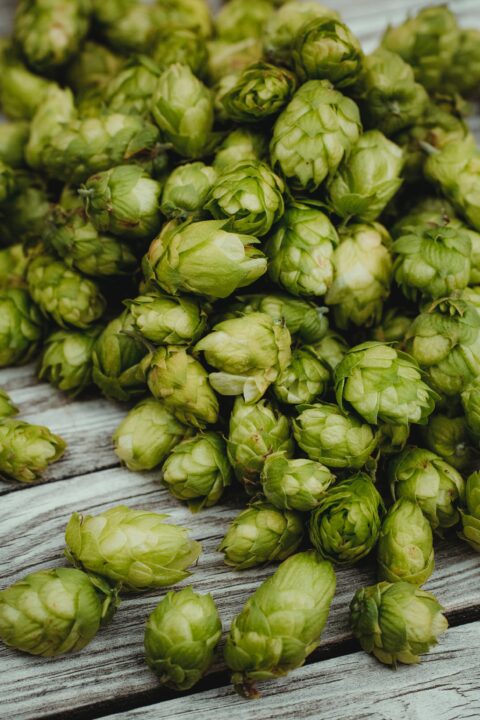Good News for Berry Growers About Spotted Wing Drosophila
Presenters at the Great Lakes Expo in Grand Rapids, MI, updated attendees with several developments in the berry sector.
Rufus Isaacs, a Professor of Entomology at Michigan State University (MSU), cited the recent registrations of four insecticides and miticides:
- Nealta (cyflumetofen, BASF) 200SC miticide
- Verdepryn (cyclaniliprole, SummitAgro) 100SL diamide insecticide
- Spear T (GS-omega/kappa- Hxtx-Hv1a, Isagro USA) biological insect-/miticide
- Brigadier 2SC pre-mix pyrethroid+neonicotinoid
“Some of these are just for strawberries, some for raspberries and blackberries, but these are some names you might want to be looking for and might start seeing in the recommendations that are coming out for the upcoming field season,” Isaacs said.
SWD Management
In the biological battle against spotted wing drosophila (SWD), the petition of USDA Animal and Plant Health Inspection Service (APHIS) to allow for the release of Ganaspis brasiliensis (Gb) has been completed. Releases of the parasitoid wasp should begin this year, Isaacs said. Permits have been developed for California, Delaware, Florida, Georgia, Maine, Maryland, Michigan, New Jersey, North Carolina, Oregon, Virginia, Washington, and West Virginia.

Researchers are looking at natural enemies to combat spotted wing drosophila. Among the most promising is a beneficial wasp from the genus Ganaspis.
Photo by Tim Haye
“We don’t have this insect yet in Michigan, but we have the approval to get it here once it gets released out of quarantine. Then the approach will be to rear it in large numbers and then try to find out how long it is going to work in this kind of a climate,” Isaacs said. “We need to understand the rearing methods, how to release it, will it survive a Michigan winter. There is some potential for that, given what we know it does back in Asia, so that’s encouraging, but we have to figure that out for ourselves. How do we work it into our IPM programs? Ultimately, the hope is that it will reduce crop infestation by SWD.”
Beneficial Nematodes
Marisol Quintanilla-Tornel, an Applied Nematologist at MSU, spoke to the lab trial effectiveness of two entomopathogenic nematodes (EPNs) in lab trials against SWD. Steinernema feltiae (SF) significantly reduced adult SWD emergence at the pupal and infected fruit life stage, while Heterorhabditis bacteriophora (HB) was most effective at reducing adult survivorship when exposed to the third instar life stage.
“Individual species effects are unclear under field conditions currently; however, in the coming field season we hope to determine if the predominantly effective EPN under laboratory conditions are also effective in a field setting,” Quintanilla-Tornel said. “We will also determine if the use of EPNs is an economically viable option for growers.”
Blueberry Trials
Florpyrauxifen-benzyl (Loyant, Corteva Agriscience) provides adequate control of red sorrel and horseweed in blueberry fields, according to a 2021 trial conducted by MSU Assistant Professor Sushila Chaudhari. Two sequential applications and a later-season application caused higher injury as compared to an early-season application, she said.
In a separate trial to determine the response of blueberry cultivars to sulfentrazone preemergence application, Chaudhari found that ‘Elliot’ was more sensitive compared to ‘Bluecrop’. Younger ‘Elliot’ plants (one to two years) were more sensitive in comparison to older plants (three to four years).
Sulfentrazone, meanwhile, was shown to be safe to use in ‘Bluecrop’ and ‘Elliot’ regardless of whether application was made alone or in tank mix with ORO-RZ surfactant, Chaudhari said.
New Face
Finally, Cheyenne Sloan was formally introduced as MSU’s new Blueberry and Small Fruit Educator, based out of the school’s Van Buren County Extension Office.










